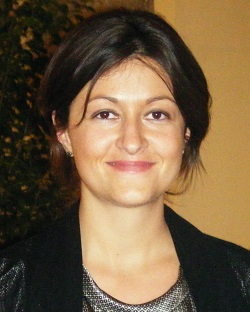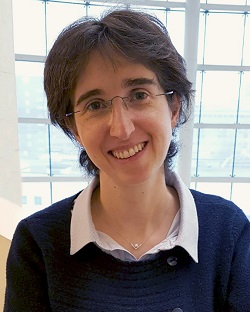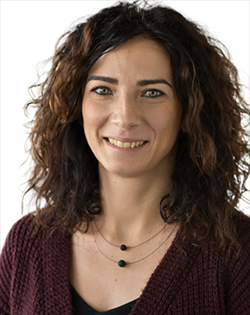
Institutes
Institute of Experimental Neurology

For administrative support, please contact Paola Pari: pari.paola@hsr.it
Mission
The Institute of Experimental Neurology (INSPE) constitutes one of the major European institutes primarily dedicated to translational research in the neuroscience field. The overall ambition is to conjugate high level of basic research with the specific competences in pre-clinical and clinical research.
Organization
INSPE includes both research laboratories and the Neurological Department of Ospedale San Raffaele. The INSPE laboratories spans on four different levels in DIBIT2 buildings.
The first floor is dedicated to neuropathology, experimental neurophysiology, neurogenetics of monogenic and complex diseases. The second floor is dedicated to basic and clinical neuroimmunology, neurobiology, neural stem cell research and neuroembriology. The third floor is focused on neuroimaging of neuroinflammatory and neurodegenerative disorders. The fourth floor includes labs on experimental imaging and molecular biology. Other laboratories involved in behavioral research, in signals that regulate myelination, in clinical neurophysiology and in the study of the effects of magnetic stimulation of the brain complete the research area.
Research
Inflammatory and neurodegenerative disorders of the central and peripheral nervous system, stroke, spinal cord nerve and traumatic injures represents the primary targets of the INSPE research. Our goal is to better understand the molecular mechanisms that sustain inflammatory and degenerative pathogenic mechanisms underlying neurological disorders so to identify therapeutic targets, validate in co-operation with pharma companies new treatments, develop new disease biomarkers for both clinical trials and patients monitoring. The molecular and functional bases for central and peripheral nervous system recovery processes and the potential to modulate them by cellular and gene therapy and by specific rehabilitation interventions are another area of interest of INSPE.
INSPE works closely with the hospital neurological department and its clinical research groups. The department is deeply involved in the definition of new treatment algorithms for stroke, inflammatory and neurodegenerative diseases. Among the clinical research groups collaborating with INSPE:
Roberto Furlan
Group Leader
Clinical neuroimmunology
Martina Absinta
Group Leader
Translational Neuropathology
Federica Agosta
Group Leader
Neuroimaging of neurodegenerative diseases
Alessandra Bolino
Group Leader
Human inherited neuropathies
Giulio Cossu
Group Leader
Cell Therapy for Myopathies
Federica Esposito
Group Leader
Human genetics of neurological diseases
Cinthia Farina
Group Leader
Immunobiology of neurological disorders
Massimo Filippi
Group Leader
Neuroimaging research
Daniela Latorre
Group Leader
Neuro-Immune Interactions
Letizia Leocani
Group Leader
Experimental neurophysiology
Gianvito Martino
Group Leader
Neuroimmunology
Stefano Carlo Previtali
Group Leader
Neuromuscolar repair
Maria Assunta Rocca
Group Leader
Neuroimaging of CNS white matter
Angelo Quattrini
Group Leader
Experimental neuropathology
A Post-Doctoral position is available at Cell Therapy for Myopathies Unit, led by Dr. Giulio Cossu, in Institute for Experimental Neurology
Junior Research Fellow at Neuroimmunology Lab, head by Gianvito Martino
Research Technician Position is available at Translational Neuropathology Unit, led by Martina Absinta
Postdoctoral Scientist position is available in the Translational Neuropathology Unit, led by Martina Absinta
Two fellowship positions are immediately available in the Axo-Glia interaction Unit to work on perineurial invasion in pancreaticadenocarcinoma













